Battles Of Narvik, Norway
Warning, article includes: War, War Photos, the Third Reich, Weapons …..I do not support or condone any actions of Nazi Germany, I am spreading information about them because it is a very important, but also very ugly part of history. I show no support for Nazi Germany, but is crucial to show what they did so history doesn’t repeat itself (after the war they tried to hide everything they did mainly by burning most of the concentration camp uniforms, blowing up Der Fürers bunker, etc)
Imagine this: It’s April 9th, 1940. You have just woken up around 4:40 AM after hearing a loud bang and what sounded like an explosion. It’s from your neighbor’s house. You look outside to see a crater where your neighbor’s house once was.
That is what the people in Narvik, Norway experienced. Narvik was continuously shelled by the German Kriegsmarine “Navy” (Pronounced Kree-g-s-Marin-a) and Wehrmacht “Army” (Pronounced Ver-Ma-k-t) and then bombed by the German Luftwaffe “Air Force” (Pronounced Loo-Ft-Vafa) for two months and two days straight on Operation Weserübung. Adolf Hitler, the Fürer (Leader) of Nazi Germany, was the utmost commander of this operation. In May 1940, the Fürer pulled back his troops from Narvik in defeat (this was the Nazi’s first defeat). This article includes translations from my grandfather and myself (German translations by me, Norwegian translations by him).
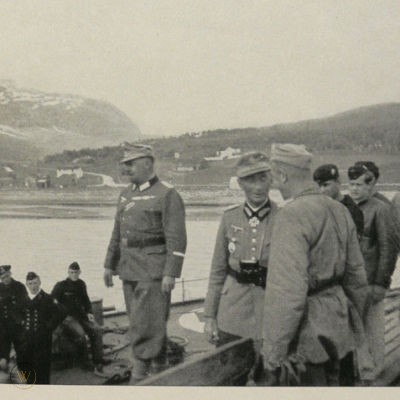
(Eduard Dietl is pictured below, but his uniform has 2 swastika eagles on it, they aren’t too visible, but just a warning. Generally because the Nazis loved to have their national symbol on practically everything)

Interview with my Great Grandfather Ralf
My great-grandfather Ralf shares stories passed down to him from his parents, aunt, and grandparents.
James: What happened to your aunt and your parents during the German invasion of Narvik?
Ralf: Well, when the Germans invaded my mother was only 19 then, she was living in a small village outside of Narvik.
James: Interesting.
James: Why do you think Adolf Hitler wanted to take over Narvik?
Ralf: Well, they attacked Norway to get the iron ore before the British could get it, it was an interception because the Germans wanted to use the iron for the war effort.
James: Were you actually in Narvik when the Germans invaded?
Ralf: It was before my time, I was born in 1944, 3 years after the Invasion of Norway. I remember when they were rebuilding and recovering Narvik, they did that until the mid-1960s.
James: Would you mind telling me a story about Narvik?
Ralf: This was from my mother, I was told pretty much they woke up in April I have no idea the exact dates I believe the 9th, and the British intercepted the Germans after a while, I believe in May, and My grandparent’s house was hit by Naval fire, right after my cousins snuck into the water well out front and pretty much waited until nightfall.
Ralf: On my father’s side, He and some of his friends helped people escape to Sweden because his friends were mountaineers and skiers so they knew the terrain and back trails so the Germans wouldn’t find them or the people they were helping escape.
Ralf: My grandfather was working with the resistance, and he was caught doing something, I have no idea, but he was caught by the Germans and sent to the concentration camp Dachau, and he had survived, but he was starving and hurt severely, this was in late 1945, sometime in May, and all the concentration camps were liberated. My family had no idea what had happened to him until he came back home.
Ralf: My uncle when he was young, met Eduard Dietl at one of the German camps near Narvik and spoke with him, Dietl told my uncle where all of the soldiers were and how many of them, my uncle went back to Narvik and spoke with one of the Norwegian commanders about it, I have no idea if it helped the war effort or not.
James: Very interesting stories, thank you for your time.

Story Of The Battle Of Narvik
Narvik, was (still is) a town in Norway that was good for fishing with a lot of natural resources, however, the only resource that Adolf Hitler wanted, was all of Narvik’s iron ore. When the Germans invaded, the Norwegians were outnumbered entirely, The Germans had 10 Kriegsmarine Destroyers (Georg Thiele, Wolfgang Zenker, Bernd von Arnim, Erich Giece, Erich Koellner, Diether von Roeder, Hans Lüdemann, Hermann Künne, Wilhelm Heidkomp (the flagship), Anton Schmitt), along with the two battleships that escorted them, while the Norwegians only had 2 coastal defense ships (The Eidsvold and its sister ship the Norge) they were both sunk during the battle. There were 5 German assault groups, they were all ordered to take over all 6 main-Norweigan ports, one of them being Narvik’s port. All of the Kriegsmarine ships held about 200 Wehrmacht soldiers (a complete total of 1,900 mountain troops “Gebirgsjäger” from the 3rd Mountain Regiment “Gebirgsjägerregiment“) led by Nazi Generalleutnant Wolf Hagemann and Generaloburst Eduard Dietl. The Germans had orders to occupy Narvik, as well as the rest of Norway peacefully if at all possible, so the German flagship Wilhelm Heidkamp stopped and signaled that it would send an officer to negotiate. A small vessel ferried Korvettenkapitän Gerlach over to HNoMS Eidsvold. Gerlach was taken to the bridge to speak to Captain Odd Isaachsen Willoch.
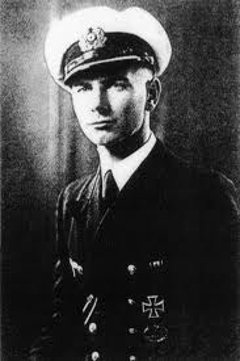
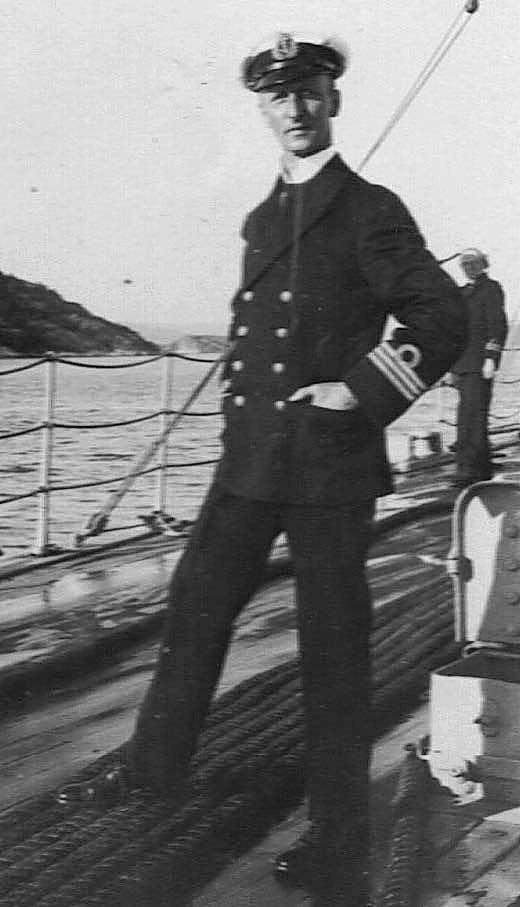
Heinrich Gerlach attempted to explain to Capt. Wiloch that the Germans had arrived as friends, but they had to hand over the Eidsvold and the Norge to the Kriegsmarine. Captain Wiloch asked for time to speak with his commanding officer Capt. Per Askim.
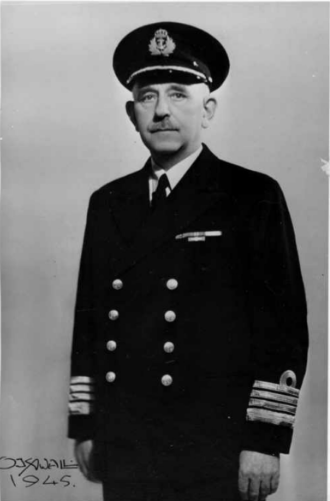
However, the request to speak with him was declined by the Germans. While Capt. Wiloch was speaking with Heinrich Gerlach, the radio & communications officer of the Eidsvold had spoken with the communications officer on the Norge, and the message was forwarded to Commander Askim. Commander Askim’s response to the Germans was forwarded to Capt. Wiloch and his orders were as follows “Eidsvold and Wiloch are to open fire” But, while they were speaking, the German destroyer “Wilhelm Heidkamp” was positioning itself 770 yards away from the Eidvold, once it was in position, it had fired 2 torpedos at the Eidsvold. Gerlach tried to get Captain Wiloch to surrender, but Wiloch refused, as Gerlach retreated, Capt. Wiloch fired a red flare, indicating that the Norwegians were going to fight. Wiloch had shouted, “På plass ved kanonene. Nå skal vi slåss, gutter” which translates to “Man the guns. We’re going to fight, boys!” (Translated from my grandfather).
If you would like more information, go to https://en.wikipedia.org/wiki/Battles_of_Narvik (I know, it’s Wikipedia, but my great-grandfather and I fact-checked it and it is all true.) There is also a super-accurate movie called “Narvik” on Netflix if you want to learn more.
The Holocaust
The Holocaust, also known as the Shoah, was the genocide of European Jews during World War II. Between 1941 and 1945, Nazi Germany and its collaborators systematically murdered some six million Jews across German-occupied Europe; around two-thirds of Europe’s Jewish population. The murders were carried out in pogroms and mass shootings; by a policy of extermination through labor in concentration camps; and in gas chambers and gas vans using Zyklon-B gas in German extermination camps, chiefly Auschwitz-Birkenau, Bełżec, Chełmno, Majdanek, Sobibór, and Treblinka in occupied Poland.
Below are some photos from the Battle of Narvik



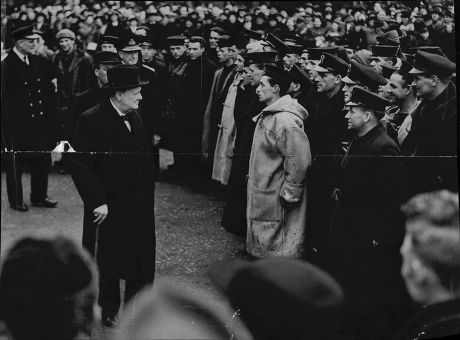
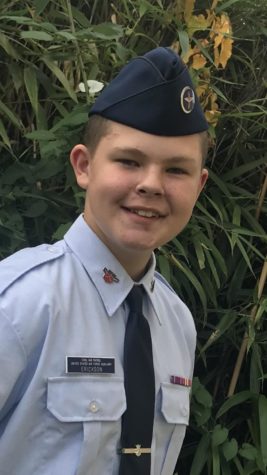
Meet James Erickson
Hello there! My name is James and I am a writer for BTMS Journalism. I am in 8th grade and I enjoy traveling and my Civil Air Patrol...


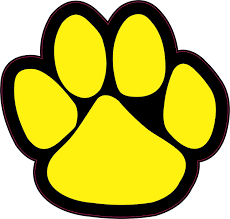

Clara B. ¦ Apr 17, 2023 at 7:42 pm
It’s so cool that you interviewed your grandfather to get the stories! I’ve never heard of this and I’m glad to have a chance to learn more about it.
James Erickson ¦ Apr 20, 2023 at 11:09 am
There were 35 more of his stories to fit into the story, not even joking. So I cherry-picked the best ones to put in here. There were a couple more of them explained about my Great-Great-Great-Grandfather in Dachau, on how they tortured him and the people he was working with even more than tortured the Jews, just for him working with the Norwegian resistance. Because resisting the Nazi ideology, and helping the Jews/Roma escape was a lot worse than being Jewish or Roma in the eyes of the Gestapo or Shutzstaffel, and they killed a few of the people he was working with while they were there, he survived only because the camp was liberated before he was scheduled to get killed. If he had been killed, he would have been MIA (missing in action) and the stories wouldn’t have been passed on, and even worse, my grandfather’s family wouldn’t have known where he was and what had happened to him, which is incredibly sad and this is why death camp survivors need to speak up more.
Clara B. ¦ Apr 24, 2023 at 10:02 pm
Wow. Thanks for bringing awareness to this topic! Your Great Great Great Grandfather sounds like an incredibly brave person.